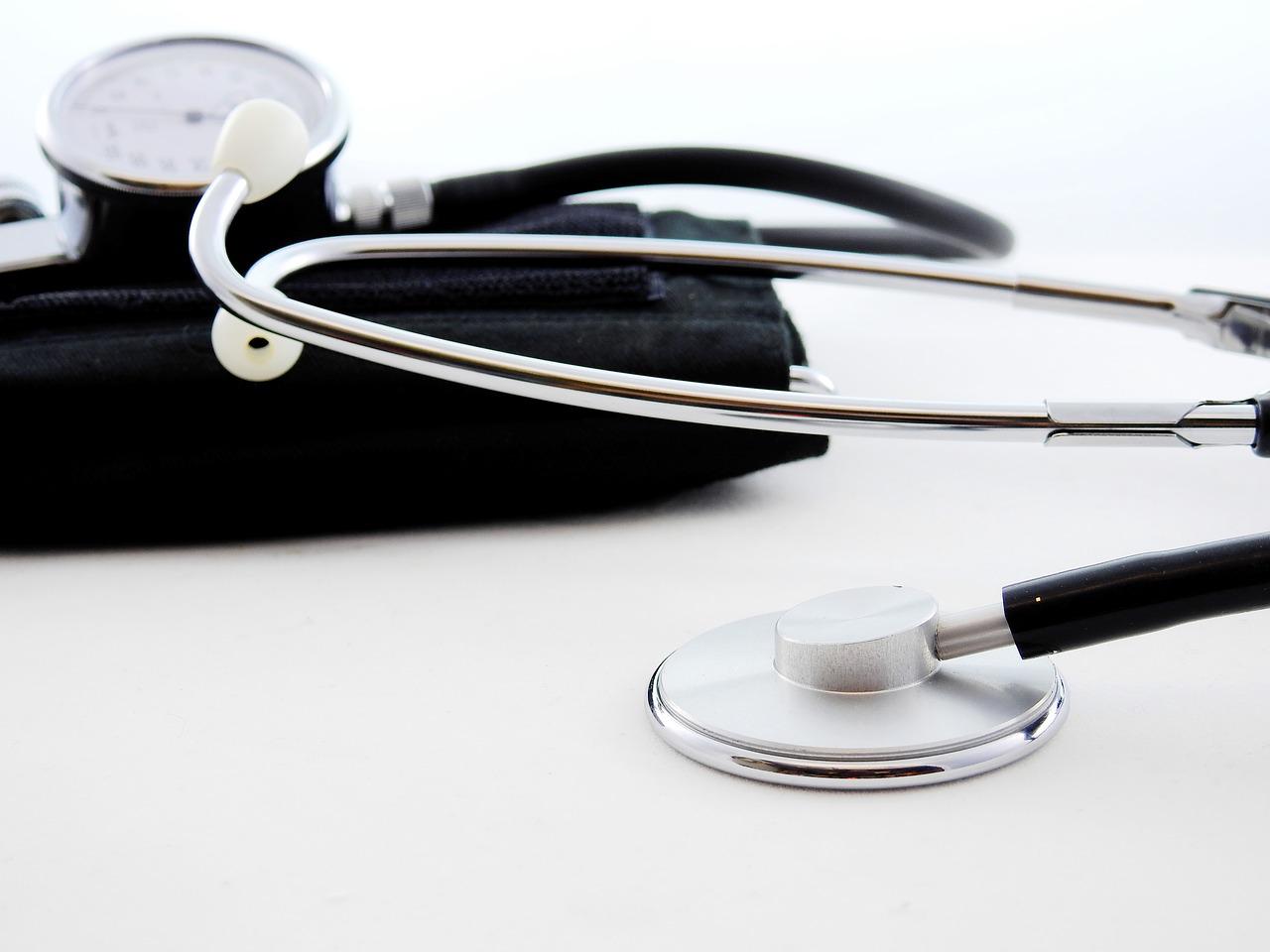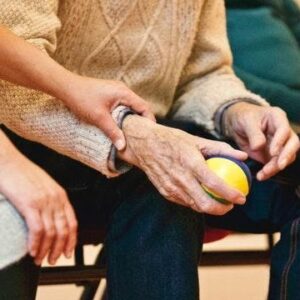When you’re operating in any environment where you risk exposure to biomedical hazards, you need to know what to do to keep yourself and others safe. Bloodborne pathogen (BBP) training is an important and often overlooked part of first aid. Though you will learn how to help someone with a serious injury or medical emergency in a general first aid course, you also need to know what to do for yourself to avoid exposure to bloodborne pathogens and other serious illnesses that could be transmitted during the first response.
A BBP certification will teach you all of the skills you need to avoid transmission, address exposure, and take safety precautions into account.
Transmission of Bloodborne Pathogens
The first step to keeping yourself safe is to understand what bloodborne pathogens are and how they are transmitted. BBP transmission can happen anytime you come into contact with blood, saliva, and other bodily fluids from another person. Though they are called bloodborne pathogens, they don’t only exist in blood and can be transmitted through other bodily fluids as well.
In first aid, you might be asked to treat a cut or laceration, perform CPR, or give an injection, all of which put you at some risk of transmission. With a BBP certification, you will learn more about these pathogens and their transmission, have a better understanding of the different ways that you might come into contact with bodily fluids, and how to prevent that.
What to Do When You’re Exposed
Some examples of bloodborne pathogens include HIV, Hepatitis, and malaria. Of course, when you come into contact with bodily fluids from another person, you might not have any idea whether they have one of these diseases.
If you do happen to get exposed to blood or other bodily fluids, you should assume you could have been exposed to a BBP. If these fluids get into your eye, mouth, mucous membrane, or an open wound, you should take immediate action.
- Rinse the area with hot water or flush your eyes.
- Report the incident immediately to a supervisor if you’re at work, or the proper authority in the situation.
- Seek medical attention. There are tests and medications that will help lower your risk of infection.
Safety Precautions Will Help Lower Risk
You can protect yourself from BBPs by learning more about ways to isolate yourself from bodily fluids in a BBP certification course. COVID-19 has brought these safety measures to the forefront, and some will seem familiar to you:
- Wash your hands
- Wear personal protective equipment (PPE) like gloves, masks, shields, and disposal gowns
- Follow safety precautions for injections and other medical procedures carefully to avoid undue risk
Get your BBP Certification to Learn More
Now that you’ve learned a little about bloodborne pathogens and their transmission, you can understand why it’s important to learn more and receive your BBP certification alongside other first aid certifications. This is the training that keeps you and other first responders safe while you’re trying to treat a victim or save a life, and you should know the best ways to lower your own risk.





